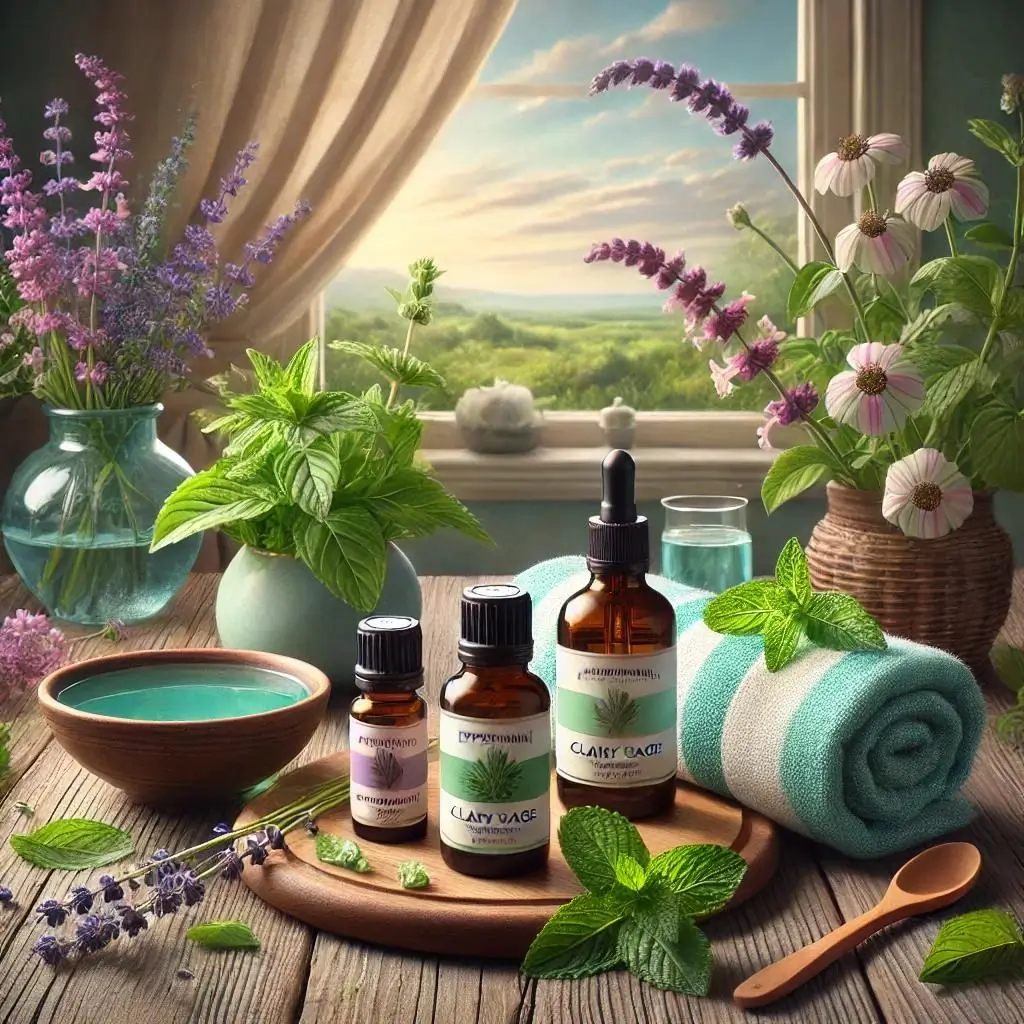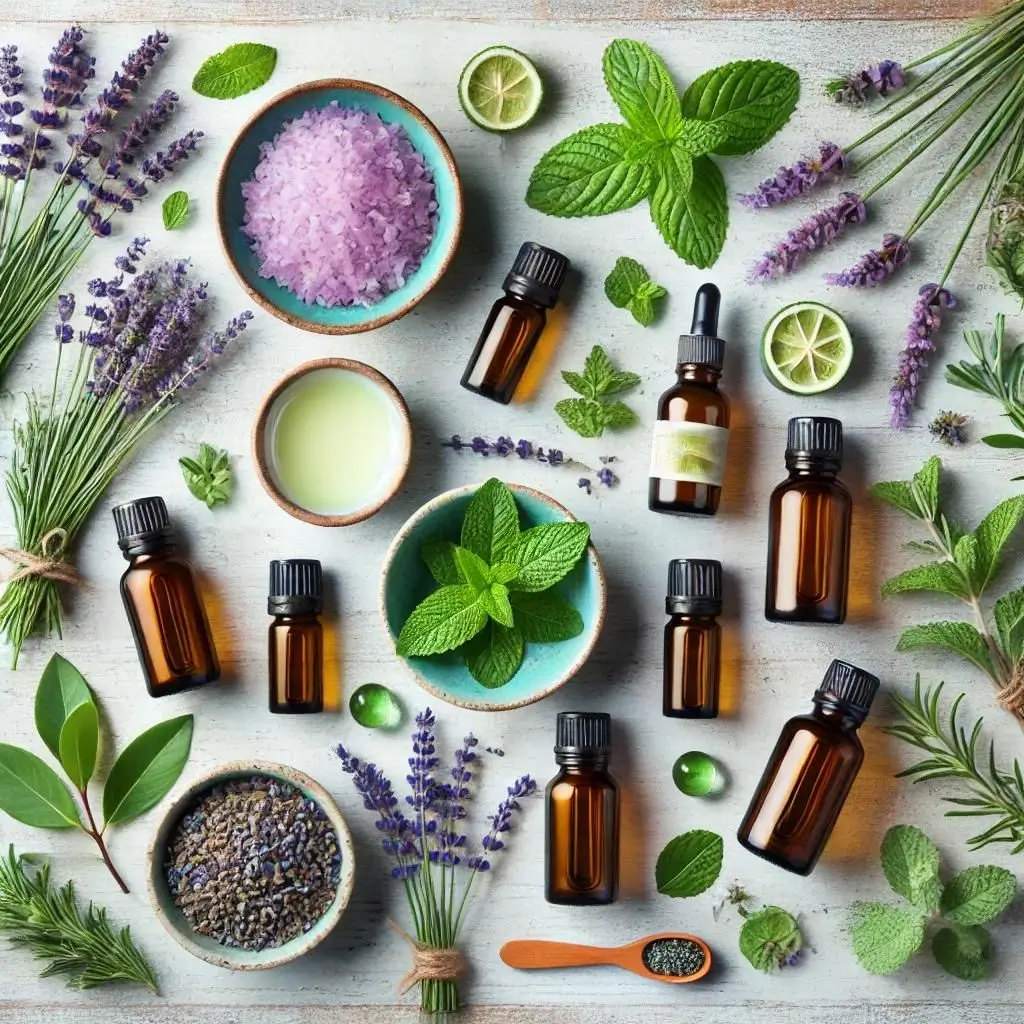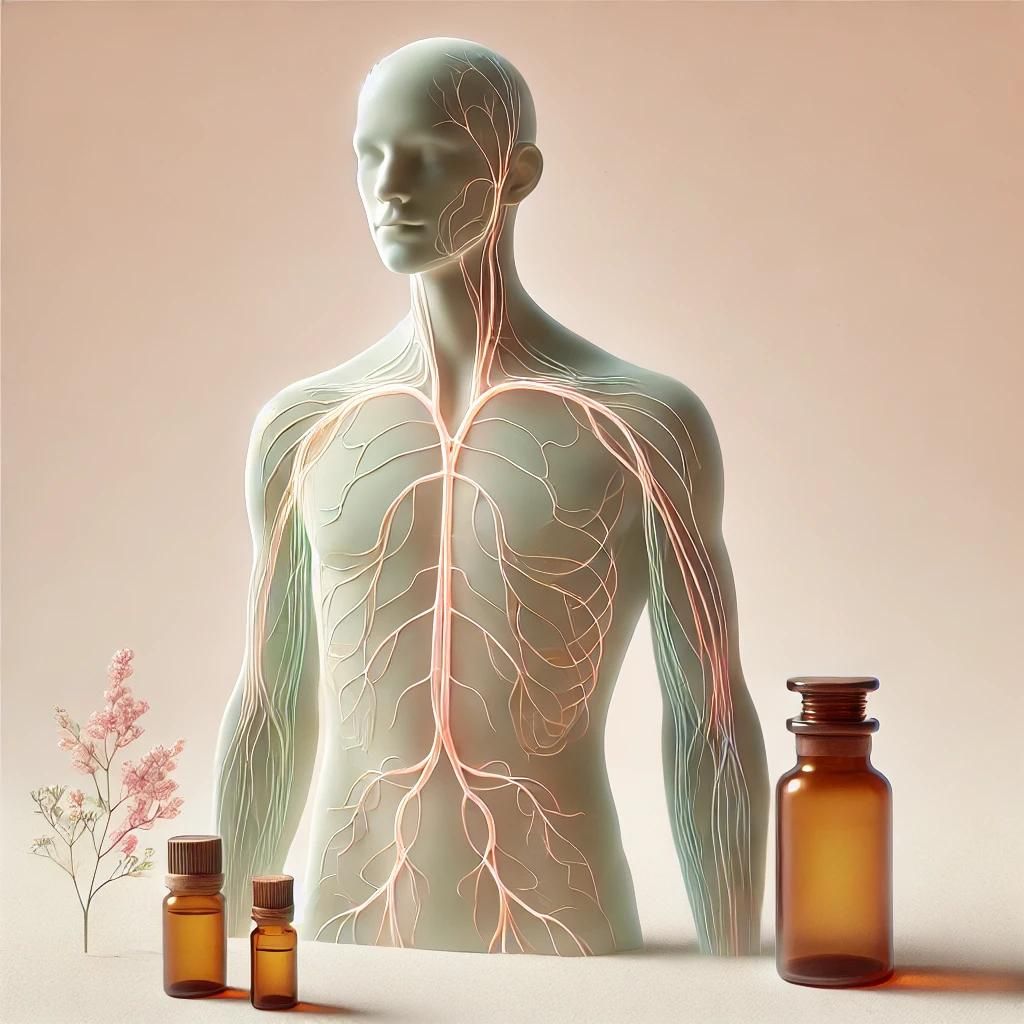Hot flashes are a common symptom of menopause, characterized by a sudden feeling of warmth, often accompanied by sweating and a red, flushed face. These episodes can be uncomfortable and disruptive. Many women seek natural remedies to alleviate these symptoms, and essential oils have gained popularity for their potential benefits. This article explores the use of essential oils for hot flashes, providing answers to frequently asked questions and offering practical tips for relief.
What essential oils are good for hot flashes?
Several essential oils are known for their potential to relieve hot flashes. Lavender, peppermint, clary sage, and geranium are among the most popular choices. Lavender has calming properties that can reduce stress and anxiety, often associated with hot flashes. Peppermint provides a cooling sensation, offering immediate relief. Clary sage helps balance hormones, and geranium supports hormonal health. These oils can be used individually or in blends for maximum effect.
Table: Essential Oils for Hot Flashes and Their Benefits
| Essential Oil | Benefits |
|---|---|
| Lavender | Reduces stress and anxiety |
| Peppermint | Provides a cooling sensation |
| Clary Sage | Balances hormones |
| Geranium | Supports hormonal health |

How to use essential oils to relieve hot flashes?
Using essential oils for hot flashes involves several methods, including topical application, inhalation, and diffusion. For topical use, dilute essential oils with a carrier oil, such as coconut or jojoba oil, and apply to pulse points like the wrists, neck, and temples. Inhalation can be done by adding a few drops of essential oil to a tissue or handkerchief and breathing in deeply. Diffusers disperse essential oils into the air, providing continuous aromatherapy.
Steps for Using Essential Oils Topically:
- Choose your essential oil or blend.
- Dilute with a carrier oil (e.g., 2-3 drops of essential oil per teaspoon of carrier oil).
- Apply to pulse points or affected areas.
- Massage gently into the skin.
- Reapply as needed, up to three times a day.
Can essential oils help with night sweats?
Yes, essential oils can help alleviate night sweats, a common issue associated with hot flashes. Oils like lavender, peppermint, and clary sage are effective in reducing the intensity and frequency of night sweats. Using a diffuser in the bedroom can create a calming atmosphere and help maintain a consistent application throughout the night. Additionally, applying diluted essential oils to the feet or pulse points before bed can provide relief.
Are there any essential oils to avoid for hot flashes?
While many essential oils are beneficial, some may exacerbate hot flashes or cause irritation. It’s important to avoid oils that are known to have stimulating or heating effects, such as cinnamon, clove, and thyme. These oils can increase body temperature and potentially trigger hot flashes. Always perform a patch test before using a new essential oil to ensure there is no adverse reaction.
Table: Essential Oils to Avoid for Hot Flashes
| Essential Oil | Reason to Avoid |
|---|---|
| Cinnamon | Heating effect |
| Clove | Stimulating properties |
| Thyme | Increases body temperature |
What are the benefits of using essential oils for hot flashes?
Essential oils offer several benefits for managing hot flashes. They provide natural, non-invasive relief, reducing the need for medication. Essential oils can also improve mood, reduce stress, and promote relaxation, which are important for overall well-being. Furthermore, they are versatile and can be used in various forms, such as aromatherapy, topical application, and baths. Their pleasant scents also enhance the therapeutic experience.
How often should I use essential oils for hot flashes?
The frequency of using essential oils for hot flashes depends on individual needs and the severity of symptoms. Generally, essential oils can be used up to three times a day. For topical application, reapply as needed, ensuring to follow dilution guidelines. Inhalation and diffusion can be done more frequently, depending on personal preference and response. Consistent use over time often yields the best results.
Table: Suggested Frequency of Use
| Method | Frequency |
|---|---|
| Topical | Up to three times a day |
| Inhalation | As needed |
| Diffusion | 30 minutes to 1 hour, several times a day |
Can essential oils be mixed for hot flashes?
Yes, essential oils can be mixed to create blends tailored to individual needs. Blending allows for combining the benefits of multiple oils, enhancing their effectiveness. Popular blends for hot flashes include lavender and peppermint for calming and cooling effects, or clary sage and geranium for hormonal balance. Experimenting with different combinations can help find the most effective blend for your symptoms.
How do essential oils work to reduce hot flashes?
Essential oils work through their aromatic compounds, which interact with the limbic system in the brain. This system influences emotions, hormones, and the autonomic nervous system. By inhaling or applying essential oils, the compounds can help regulate body temperature, reduce stress, and balance hormones, thereby alleviating hot flashes. The cooling and calming properties of specific oils directly target the symptoms of hot flashes.
Are there any side effects of using essential oils for hot flashes?
While essential oils are generally safe, they can cause side effects in some individuals. Potential side effects include skin irritation, allergic reactions, and respiratory issues. It’s crucial to dilute essential oils properly and perform a patch test before extensive use. Pregnant or breastfeeding women, as well as those with specific medical conditions, should consult a healthcare professional before using essential oils.
Table: Potential Side Effects of Essential Oils
| Side Effect | Prevention Tips |
|---|---|
| Skin irritation | Proper dilution, patch test |
| Allergic reactions | Patch test, discontinue if needed |
| Respiratory issues | Use in well-ventilated areas |
Which essential oils are best for menopause symptoms?
In addition to hot flashes, menopause can cause a range of symptoms, including mood swings, insomnia, and joint pain. Essential oils like lavender, clary sage, and geranium are beneficial for overall menopause support. Lavender helps with relaxation and sleep, clary sage balances hormones and reduces stress, and geranium improves mood and skin health. These oils can be used in blends to address multiple symptoms simultaneously.
Conclusion
Essential oils offer a natural and effective way to manage hot flashes and other menopause symptoms. By understanding which oils to use, how to apply them, and their potential benefits and side effects, you can incorporate these natural remedies into your daily routine. Always use essential oils safely and consult with a healthcare professional if you have any concerns.



